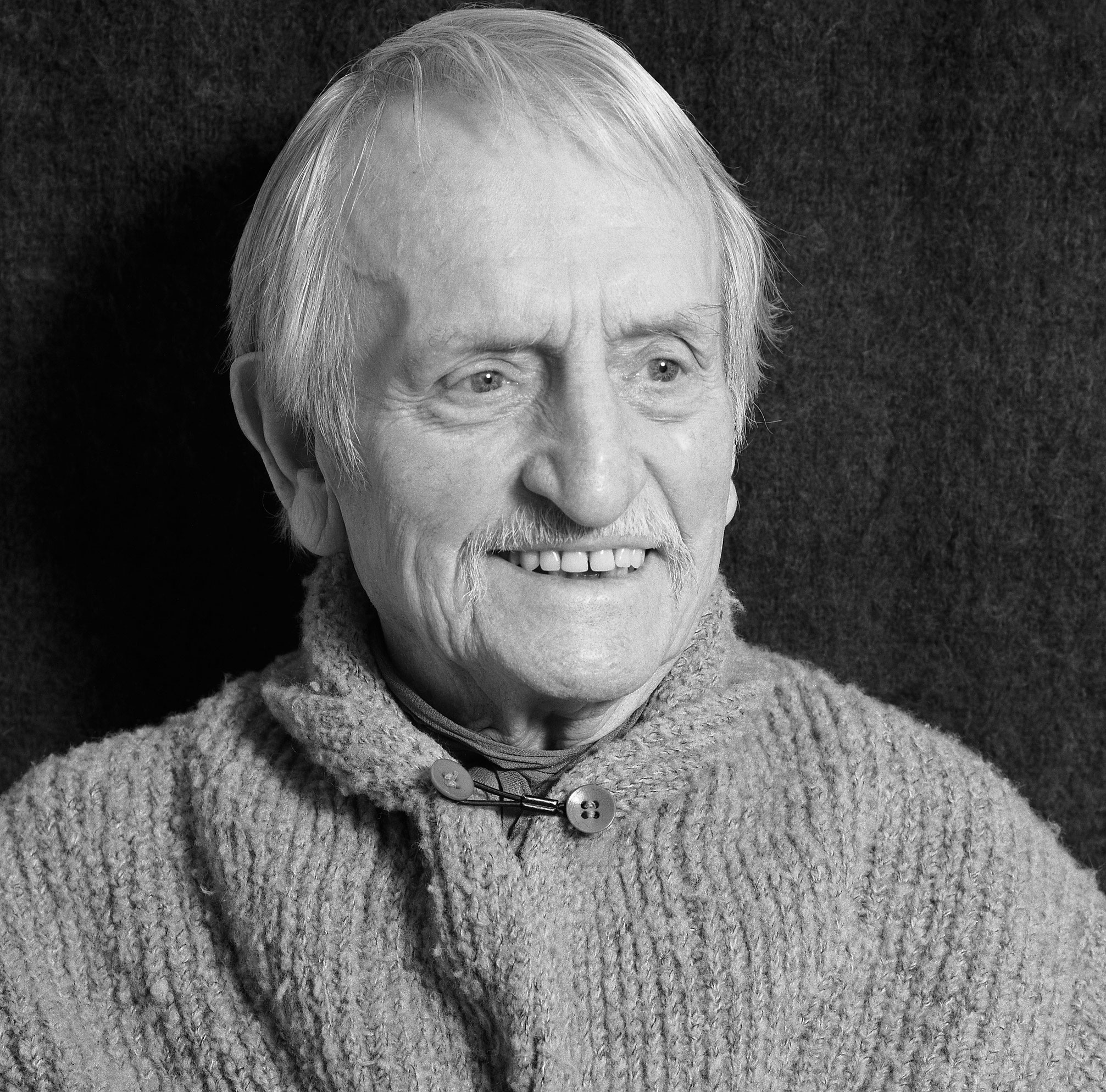
Alfred Pellan, born in 1906 in Quebec City, emerged as one of Canada’s most influential painters, bridging the gap between traditional and modern art. His journey from a young boy fascinated by his father's locomotive to an acclaimed artist who left an indelible mark on the art world is a story of passion, resilience, and innovation.
Early Life and Artistic Inclinations
Alfred Pellan, the second son of Alfred Pelland and Maria-Régina Damphousse, was born into a modest family with deep roots in Quebec. Tragically, his mother passed away around 1908, leaving his father, a locomotive engineer, to raise Alfred and his siblings, Réginald and Diane. Despite this loss, Pellan’s childhood was filled with creativity and wonder, greatly influenced by his father's love for mechanics and the arts.
Pellan’s early exposure to art came unexpectedly. When his father, during a period of illness, bought some art supplies, Pellan discovered them and realized that painting was his true calling. His initial attempts at art involved copying calendar and magazine pictures, but he soon gravitated toward sketching from nature. His dedication to art became evident when he began carrying his materials on a handcart to sketch outdoor scenes, although he eventually preferred the solitude of working on still-life compositions at home.
Formal Education and Early Recognition
In 1920, Pellan entered the École des Beaux-Arts in Quebec City, where his talent quickly became apparent. Supported wholeheartedly by his father, Pellan excelled in his studies, winning numerous prizes in various disciplines, including drawing, painting, sculpture, and anatomy. His exceptional skill earned him the rare honor of having one of his paintings, "Coin du vieux Quebec," purchased by the National Gallery of Canada in 1923.
Pellan's success at the École des Beaux-Arts culminated in a Quebec Government painting bursary to study in Paris, a city that would profoundly influence his artistic development. In 1926, he arrived in Paris and enrolled at the École supérieure nationale des Beaux-Arts, where he studied under Lucien Simon, a renowned painter. Simon recognized Pellan's talent and recommended him for the school's first prize for painting, which he won in 1928.
Paris: A World of Artistic Exploration
Paris in the 1920s and 1930s was a hub of artistic experimentation, and Pellan quickly immersed himself in the vibrant art scene of Montparnasse. He connected with contemporary movements, absorbing the lessons of masters like Picasso, Bonnard, and Delaunay while maintaining his unique artistic identity. His work began to attract the attention of critics, especially after his 1935 exhibition at the Académie Ranson, where his ability to blend influences while retaining originality was noted.
Despite his growing reputation, Pellan faced financial challenges and often struggled to make ends meet. He took on various commissions, including graphic design work, and even painted directly onto fabric for fashion designer Elsa Schiaparelli. However, his passion for painting never waned, and he continued to explore new forms of expression.

Return to Canada and Influence on Canadian Art
World War II forced Pellan to return to Canada in 1940, bringing with him over 400 paintings and drawings. His return marked a turning point in Canadian art. Upon his arrival, he exhibited 161 pieces at the Musée de la Province de Québec, followed by a show at the Art Association of Montreal. Critics like Robert Ayre of The Montreal Standard recognized Pellan’s potential to significantly influence Canadian painting, and his work was praised for its innovative approach.
Settling in Montreal, Pellan quickly became part of the city’s artistic community, forming close relationships with fellow artists like Jean-Charles Harvey, Dr. Dumas, and Philip Surrey. He also connected with the progressive group of artists associated with the École du Meuble, led by Paul-Émile Borduas. However, his acceptance of a teaching position at the École des Beaux-Arts in Montreal in 1943 caused a rift with Borduas, who viewed Pellan's role within the institution as a compromise of artistic freedom.
Legacy: The Prisme d'Yeux Movement
Despite the tension with Borduas, Pellan continued to champion his vision of art, leading to the formation of the Prisme d'Yeux group in 1948. This collective, which included artists like Jacques de Tonnancour and Goodridge Roberts, sought to explore new ways of seeing the world, drawing on Surrealism, Cubism, and other modern movements. The group’s manifesto emphasized the liberation of painting from all external constraints, advocating for pure artistic expression.
Pellan’s influence extended far beyond his teaching years. He became a central figure in the development of modern art in Canada, inspiring a generation of artists to break free from traditional forms and explore new artistic avenues.
Conclusion
Alfred Pellan’s life and work are a testament to the power of artistic vision and perseverance. From his early days in Quebec City to his time in Paris and his eventual return to Canada, Pellan remained committed to his art, constantly pushing the boundaries of expression. His legacy continues to inspire artists and art lovers alike, reminding us of the enduring impact of creativity in shaping our world.
Browse our collection of Canadian paintings for sale at the Canadian Classic Fine Art gallery, The best place to buy a painting online. We provide free shipping anywhere in Canada and the United States. Our Montreal art gallery sells paintings online exclusively and have a 14 days return policy.
